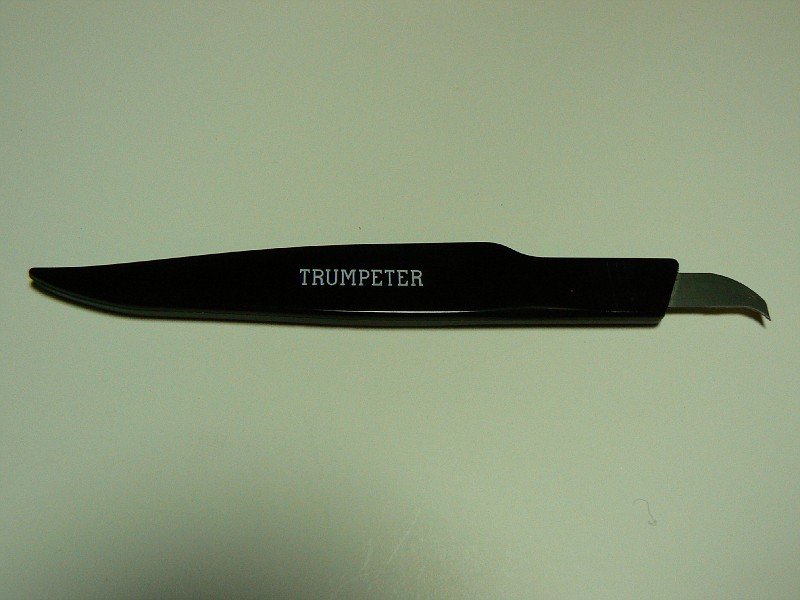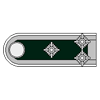Another (yes another) newbie question...
After spraying a primer coat on my first build back in the game after years away, I've encountered three problems I'd like to figure out how to adress.
1. Even after puttying over the ejector pin holes on the inside of the Tamiya Opel Blitz bed panels, they still seemed to have shown up. Not as much as you might see in this picture vs. if they'd been untreated, but of course, my desire would have been to have had no showing at all. You can see what I mean in the green outlined box.
You can also see from this photo that the red box shows pins that I wasn't sure how to even get to, given the tight quarters. Any ideas on how you would have sanded and or puttied them? I used Squadron white putty straight from the tube.

2. When I was gluing the hood together, I apparently put too much liquid cement on and it ran between the grooves and made a really rough texture down the separation line. As you can see, the paint (and my efforts at sanding) covered up that ugliness a bit, but how can I:
a) Avoid this problem in the future, other than trying to better control the flow of cement (which seems like a minor part of the solution)
b) fix it after the fact?

3. As you can sorta see in this photo, there's some ugly part alignment between the grill piece and the hood pieces. What happened? It seemed OK when I was building, but after painting, it looks really ugly. I'm pretty sure that I didn't spray more/less paint in any particular spot that would have caused filling.
3b. Is there a way to fix this without having to fill the entire thing and scribe a line back in after that?

Thanks!!































